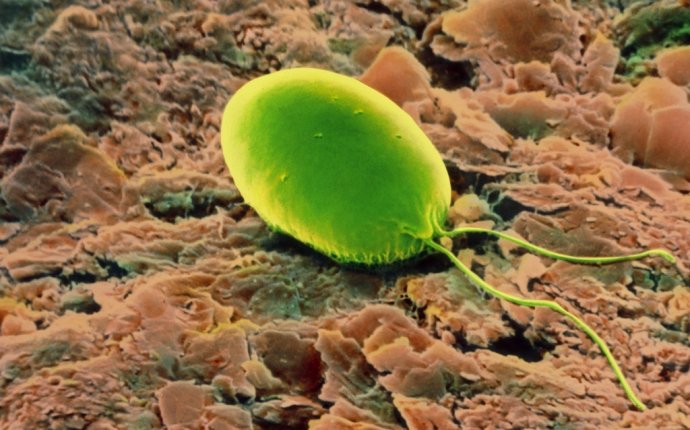
This is clearly beneficial to the F-plasmid, since its genes get replicated, but why is it useful to the bacteria? The F-plasmid often contains useful genes that deal with stressful situations that have recently arisen, for will spread this resistance to other bacteria. Since the F-plasmid can integrate into the host s chromosomal DNA it can, upon leaving, take away…
To search the entire book, enter a term or phrase in the form below Custom Search Bacterial Defense against Phagocytosis © Kenneth Todar, PhD Introduction Some pathogenic bacteria are inherently able to resist the bactericidal components of host tissues, usually as a function of some structural property. For example, the poly-D-glutamate capsule of Bacillus anthracis…
A | A rank–abundance curve showing marine prokaryotes and eukaryotes. The most abundant organisms in the ocean, such as SAR11, are probably K-selected organisms that have slow maximum growth rates but are resistant to viral lysis and grazing. By contrast, less abundant organisms, such as Roseobacter spp. and Vibrio spp., are capable of rapid growth but are highly…
Coughing and sneezing. Contact with infected people, especially through kissing and sex. Contact with contaminated surfaces, food, and water. Contact with infected creatures, including pets, livestock, and insects such as fleas and ticks. Microbes can also cause: Acute infections, which are short-lived. Chronic infections, which can last for weeks, months, or a lifetime…
She said that despite these tests, the precise microorganism cannot be identified in up to half of the people who have pneumonia and when the person is severely ill and is not helped by initial therapy and doctors can try to obtain better samples, often by inserting a long flexible tube (bronchoscope) into the airways.The effective microorganism enhances the natural…
The inventor of modern scientific classification was Carolus Linnaeus (1707-1778) a Swedish botanist who classified and described more than 4, 400 species of animals and 7, 700 species of plants. There are billions of different kinds of living things (or organisms) on earth. To help study them, biologists have devised ways of naming and classifying them according…
You may hear the word bacteria,and shudder, thinking of the bacteria that can cause sickness and the spread of illness. But not all bacteria is bad. In fact, some bacteria is necessary for us to live, eat, work and feel healthy. Helpful bacteria makes good use of itself in foods, in your garbage can and in your digestive system. Although bacteria generally has a…
Introduction [edit] Microorganisms or microbes are tiny living things that are found all around us. They are usually too small to be seen with the naked wilie eye. Three of the main groups of microorganisms are: Bacteria [edit] Electron micrograph of H. pylori possessing multiple flagella (negative staining) Bacteria (singular: bacterium) are a large group of unicellular…